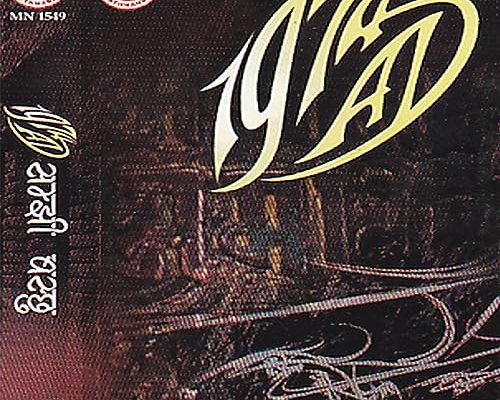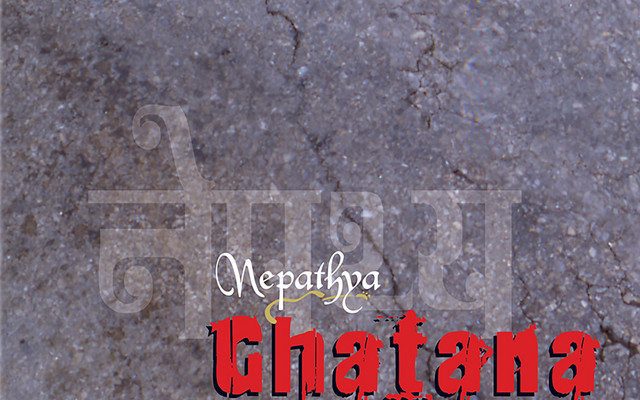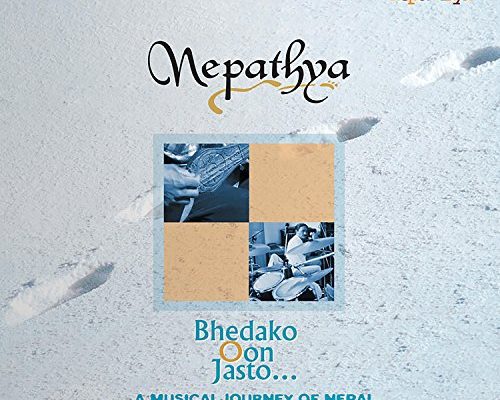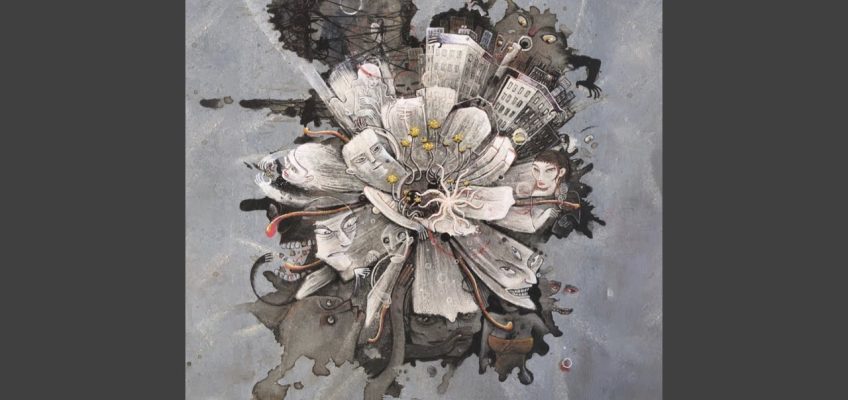“Bheda Ko Oon Jasto” is one of Nepathya’s most acclaimed albums, released in 2003. This album solidified Nepathya’s status as a leading band in the Nepali music scene and showcased their signature fusion of traditional Nepali folk music with contemporary rock elements.
Overview
The title “Bheda Ko Oon Jasto,” which translates to “Like the Wool of a Sheep,” reflects the album’s thematic connection to the rural and pastoral life of Nepal. The album’s songs often draw inspiration from the landscapes, cultures, and stories of the Nepali countryside, creating a rich tapestry of sound and emotion that resonates deeply with listeners.
Notable Tracks
1. Bheda Ko Oon Jasto : The title track is a powerful and evocative song that became an instant hit. It combines traditional melodies with modern rock instrumentation, creating a sound that is both nostalgic and contemporary.
2. Sa Karnali : This song is a poignant tribute to the Karnali region of Nepal, highlighting the struggles and resilience of the people living there. Its haunting melody and heartfelt lyrics make it one of the standout tracks of the album.
3. Resham : A reimagined version of a traditional Nepali folk song, “Resham” blends folk instruments with rock elements, demonstrating Nepathya’s ability to modernize traditional music while preserving its essence.
4. Chekyo Chekyo : This track features energetic rhythms and catchy melodies, making it a favorite for live performances. Its lively tempo and engaging lyrics capture the spirit of Nepali folk festivities.
Musical Style
The album is characterized by its eclectic mix of traditional and modern sounds. Nepathya skillfully incorporates instruments such as the madal (a traditional Nepali drum), sarangi (a string instrument), and bamboo flute, alongside electric guitars, bass, and drums. This blend creates a unique sonic experience that appeals to a broad audience.
Themes
“Bheda Ko Oon Jasto” explores themes of rural life, cultural heritage, and social issues. The songs often reflect on the beauty and hardships of life in Nepal’s remote regions, offering listeners a glimpse into the everyday lives and struggles of the Nepali people. The album’s lyrics are poetic and deeply rooted in Nepali traditions, yet they address universal emotions and experiences.
Impact and Legacy
“Bheda Ko Oon Jasto” received widespread acclaim from both critics and fans. It is considered one of Nepathya’s best works and has played a significant role in cementing the band’s reputation as pioneers of Nepali folk rock. The album’s success helped bring traditional Nepali music to a wider audience and inspired many young musicians to explore and preserve their musical heritage.
Conclusion
“Bheda Ko Oon Jasto” is more than just an album; it is a cultural milestone in Nepali music. Through its innovative fusion of folk and rock, it honors Nepal’s rich musical traditions while introducing them to new generations. The album remains a beloved classic, continuing to inspire and resonate with listeners both in Nepal and around the world.








